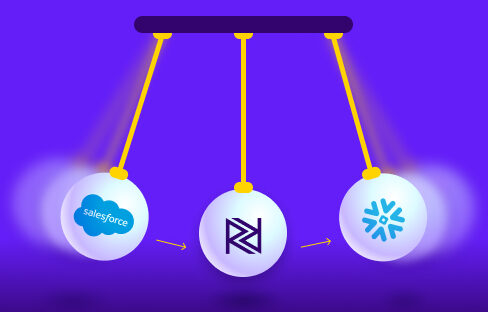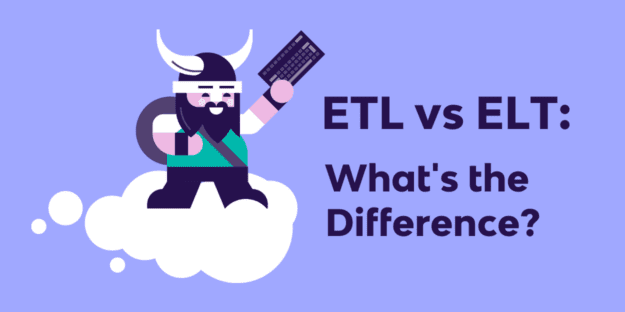Enterprise marketing teams have to manage large brand portfolios across different regions. The scale of their operation comes with specific challenges when it comes to data management.
In large FMCG companies, there will be a designated brand manager for each product line in every country or geographical region. They have to operate within a complex marketing matrix which on the one hand aligns all brand managers globally for each ‘masterbrand’ and on the other hand unifies the operation across marketing teams by country or region.
What’s more, there needs to be overall visibility on the performance of the business as a whole. Learnings must be shared to assess ROI across campaigns for each product from every brand in every region.
In a way, marketers operating in this complex environment often envy those working in smaller marketing units. In SMBs and startups, the processes of managing, measuring, and reporting on campaign performance is a much simpler exercise.
Even when it requires aggregating multiple data points from across all the different marketing channels, small marketing teams are able to quickly assess what’s working for their business and react swiftly to redirect their efforts.
Data Accessibility and Visibility
Access to analytic insights and real-time dashboards is no longer a luxury but a necessity. The campaign management cycle is no longer dictated by rigid TV seasons or annual calendars.
Marketing and advertising have become for most companies, including enterprises an iterative ongoing process. This makes it especially difficult to coexist with old ways of campaign management and companies are having to adjust the way they operate.
From having the ability to allocate budgets and resources much faster to react to sharp fluctuations in demand, to reviewing campaign performance on a daily or weekly basis. Waiting for monthly or quarterly reports is no longer acceptable.
In order to evolve and thrive, marketing professionals need unprecedented access and visibility to data. Even those relying upon agencies to handle the reporting side, expect their agencies to set up real-time dashboards that can be reviewed whenever the client needs it.
While most social networks, ad platforms and CRM solutions have integrated analytics, these are hardly ever relevant to large enterprises handling huge portfolios of brands and regions.
Looking at the performance of one campaign in one channel without context, or without having aligned KPIs to benchmark performance across channels makes is not optimal for a brand manager to assess or review ROI.
One Truth, Eradicating Silos
Small and medium businesses tend to rely on the company’s ‘data guru’ as their single source of truth. He is the one that establishes the processes, creates the dashboards and reports for the business and manages all the KPIs.
This might be okay for small businesses to operate efficiently to an extent. However, what ends up happening in large enterprises with large portfolios is that different brands, departments and regions establish different data processes and systems.
Firstly, this can lead to discrepancies in the way data is measured and therefore show uneven insights. Secondly, the creation of data silos is an inefficient way to run a business which could be leveraging economies of scale by streamlining the ways in which data is stored, managed, processed, and shared across every department and team. In addition, unifying data practices will ensure compliance and data governance processes can be easily monitored across the organization.
Efficiencies Through Streamlining Multi-Account Operations
Most enterprise companies that transitioned their data operations to the cloud have no idea what their monthly data bill is. Teams load, transform, and manipulate data how and when they need it.
This is okay, but it is important to consider what this means when dealing with the volumes of data enterprises handle. Often, there are many duplications of data sets or processes that can be avoided.
Also, when different teams invest resources to set up their data infrastructure, they also often double up in costly and time-consuming processes to orchestrate multiple data pipelines which could be easily avoided.
What this means is that for example if a large enterprise is handling dozens of facebook pages, AdWords accounts or other marketing channels, chances are that there are BI and development teams, or agency teams trying to integrate data from the same sources – and therefore doubling on resources and spend.
At Rivery, we are very familiar with all the issues outlined above. We are helping some of the world’s leading enterprise brands streamline their data processes.
Whether this is through features such as multi-account by which people only connect once to any given platform across an entire company, or through tools that help businesses load and transform data into a single repository in the cloud efficiently.
The ultimate goal for any marketing team, no matter how large it gets, is to have a single source of truth. This gives every division and employee the freedom to become more data-driven with tools to work independently while having access to the bigger picture.
Adir is Rivery’s VP of Sales, get in touch or connect via LinkedIn here.
Minimize the firefighting. Maximize ROI on pipelines.





